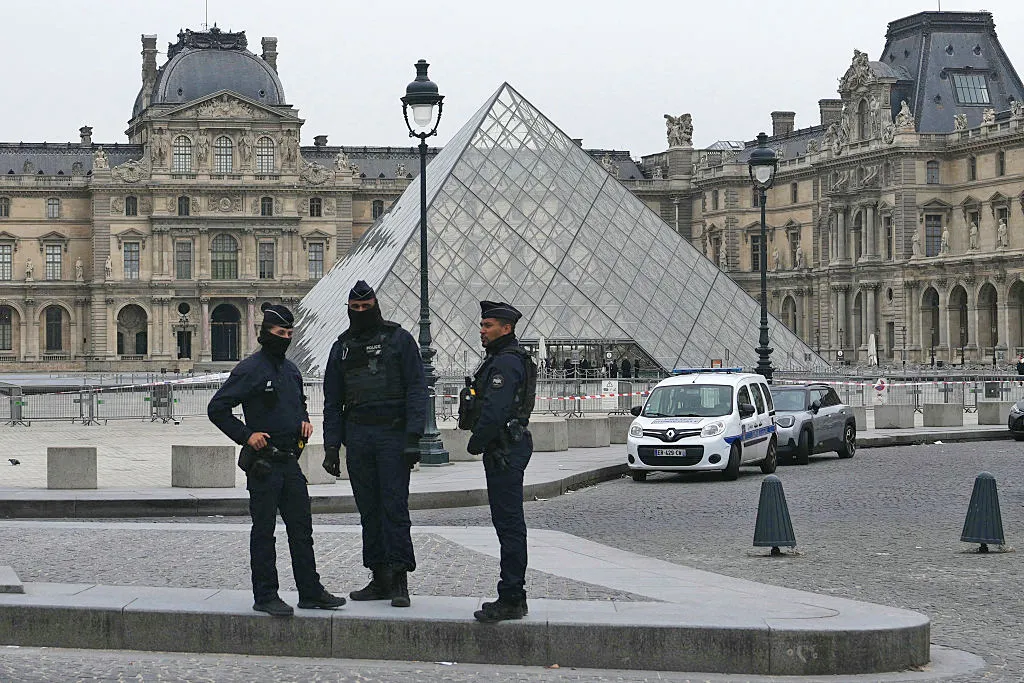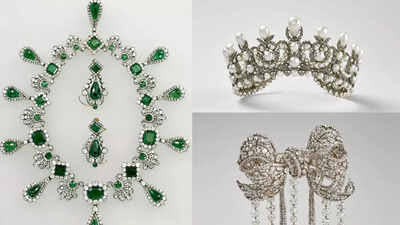![]()
Early on Sunday morning, around 9:30 a.m., one of the most startling art-heists in recent memory struck the Louvre Museum in Paris. In just under ten minutes, a team of at least four highly-coordinated thieves broke into the museum’s Galerie d’Apollon – the revered hall that houses France’s historic crown jewels.
What Really Happened?
The robbers arrived via the Seine-facing façade of the former palace-museum. Using a vehicle-mounted hoist or lift truck, they ascended to a balcony window, cut through its glass using power tools such as disc cutters and angle grinders, and entered the gallery. From there, they smashed open two high-security display cases and made off with eight precious jewellery items of immense historical and cultural value. Among the pieces taken were tiaras, necklaces, brooches and earrings, worn by figures such as Empress Eugénie and Queen Marie-Amélie.

In their escape they fled on motor scooters, two waiting outside, enabling a rapid getaway. One crown – the emerald-and-diamond crown of Empress Eugénie – was dropped during the flight and later recovered nearby, broken. Notably, the famed Regent diamond, also in that gallery, was untouched by the thieves.

The museum immediately evacuated visitors and closed the venue “for exceptional reasons”. French authorities declared the raid to be “the work of professionals”, underlining severe concerns about museum security, especially given the daylight timing and presence of visitors. As of now, investigations are ongoing, with forensic teams scrutinising video footage, staff logs and access points. The theft not only robbed France of its royal treasures, but raised urgent questions about protecting cultural heritage in the modern age.






